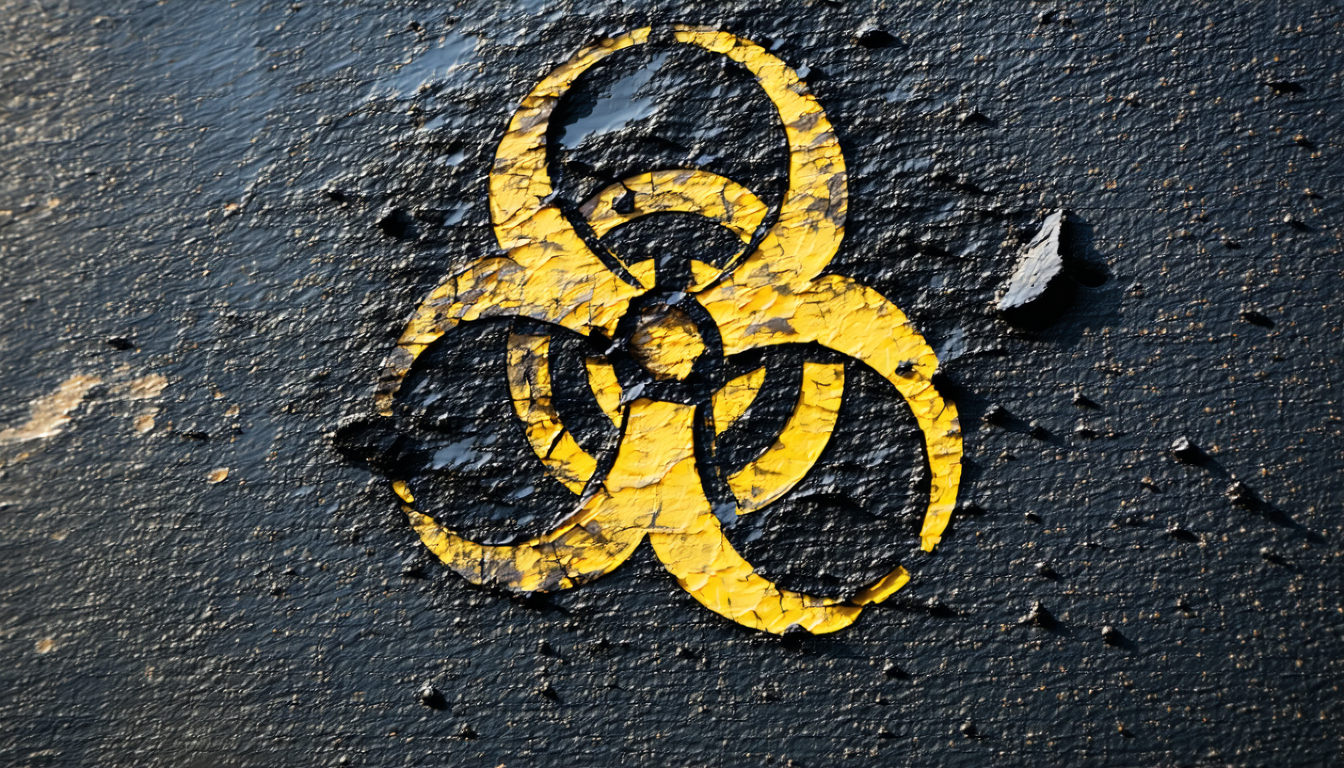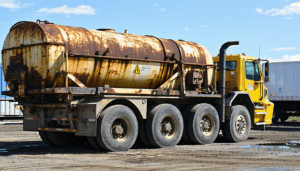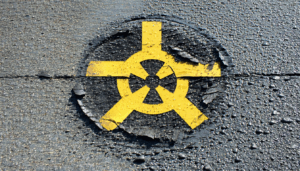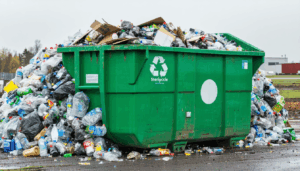Introduction
In the United States, the safe management of biohazard waste has become a pressing concern as healthcare facilities, research labs, and industries generate increasing volumes of potentially dangerous materials. From used syringes to contaminated personal protective equipment, improper disposal poses significant risks to public health and the environment. This article explores the latest developments in biohazard waste disposal, including regulatory changes, innovative technologies, and their impact on stakeholders. With growing scrutiny on compliance and sustainability, understanding these updates is vital for organizations and communities alike.
The Growing Challenge of Biohazard Waste
Biohazard waste, often referred to as medical or infectious waste, includes materials that may carry pathogens or other harmful substances. According to the Environmental Protection Agency (EPA), the U.S. generates over 6 million tons of medical waste annually, with a significant portion classified as biohazardous. The rise in healthcare services, coupled with events like the COVID-19 pandemic, has intensified the need for effective disposal systems.
Hospitals and clinics are under pressure to manage this waste safely. Mishandling can lead to disease transmission, environmental contamination, and hefty fines. As a result, federal and state agencies are tightening regulations to ensure compliance.
Recent Regulatory Changes in Biohazard Waste Disposal
In 2023, the U.S. Department of Transportation (DOT) and the Occupational Safety and Health Administration (OSHA) introduced updated guidelines for handling and transporting biohazard waste. These rules mandate stricter labeling, packaging, and training for personnel involved in waste management. Non-compliance can result in penalties ranging from $10,000 to $50,000 per violation, depending on the severity.
According to Dr. Emily Carter, a public health expert at Johns Hopkins University, “These regulations are a step forward in protecting workers and communities from exposure to hazardous materials. However, smaller facilities may struggle with the financial burden of compliance.” This highlights a key challenge: balancing safety with affordability for diverse stakeholders.
Innovative Technologies Shaping Disposal Practices
Technology is playing a pivotal role in transforming biohazard waste disposal. Autoclaving, which uses steam to sterilize waste, remains a common method. However, newer solutions like microwave treatment and chemical disinfection are gaining traction for their efficiency and reduced environmental impact.
A notable advancement is the adoption of on-site waste treatment systems. These compact units allow facilities to process biohazard waste without relying on external vendors, cutting costs and minimizing transportation risks. Industry data from 2022 shows that over 15% of U.S. hospitals have invested in such systems, with numbers expected to grow.
Impact on Stakeholders
The evolving landscape of biohazard waste disposal affects various groups differently. For healthcare providers, compliance with new rules means higher operational costs but also improved safety standards. Waste management companies face increased demand for specialized services, creating business opportunities alongside logistical challenges.
Communities near disposal sites often express concerns about environmental risks. In response, many states now require public consultations before approving new facilities. This ensures transparency but can delay critical infrastructure projects.
Future Implications and Potential Developments
Looking ahead, the focus on sustainability in biohazard waste disposal is likely to intensify. Experts predict a shift toward zero-waste goals, with an emphasis on recycling non-hazardous components of medical waste. Federal funding for research into greener technologies could accelerate this transition.
On the regulatory front, debates continue over whether national standards should override state-specific rules to create uniformity. While some argue this would streamline compliance, others believe local flexibility is essential given regional differences in waste generation and infrastructure.
The significance of these developments cannot be overstated. As the U.S. grapples with rising waste volumes, effective management will be crucial to safeguarding public health and meeting environmental goals. Continuous collaboration between policymakers, industry leaders, and communities will shape the future of this critical sector.
Conclusion
Biohazard waste disposal remains a complex but vital issue in the United States, driven by regulatory updates, technological advancements, and stakeholder needs. With millions of tons of medical waste generated each year, ensuring safe handling protects both people and the planet. As innovations emerge and policies evolve, staying informed is essential for all involved parties. The path forward lies in balancing safety, cost, and sustainability—a challenge that demands ongoing attention and action.
Frequently Asked Questions (FAQ)
- What is biohazard waste?
Biohazard waste includes materials like used needles, contaminated gloves, or tissues that may carry infectious agents or pose health risks. - How much biohazard waste does the U.S. produce annually?
The U.S. generates over 6 million tons of medical waste each year, a significant portion of which is classified as biohazardous. - What are the penalties for improper biohazard waste disposal?
Penalties for non-compliance with federal or state regulations can range from $10,000 to $50,000 per violation. - What technologies are used for biohazard waste disposal?
Common methods include autoclaving, microwave treatment, chemical disinfection, and on-site treatment systems. - How can communities stay safe from biohazard waste risks?
Communities can advocate for transparent siting of disposal facilities and ensure local authorities enforce strict safety standards.




